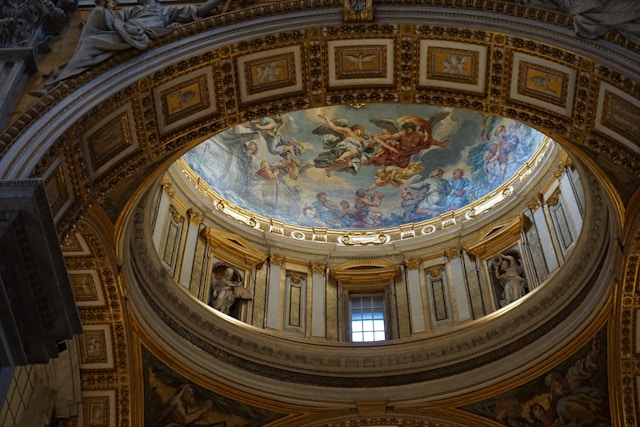Introduction
Nestled in the heart of Dublin, Ireland, St. Patrick’s Cathedral is a majestic architectural marvel and a spiritual sanctuary that has witnessed centuries of Irish history. Founded in the 12th century, the Cathedral has played a pivotal role in the religious, political, and cultural landscape of Dublin and Ireland.
Historical Significance
Foundation and Early Years
The Cathedral was founded in 1191 by Archbishop John Comyn, on the site of a Viking church. It was dedicated to Saint Patrick, Ireland’s patron saint, and quickly became the seat of the Archbishop of Dublin. During the Middle Ages, the Cathedral underwent several expansions and renovations, and its rich architectural features showcase the evolving styles of Gothic architecture.
Reform and Restoration
In the 16th century, the Cathedral was influenced by the Protestant Reformation and experienced a period of transition. In the 19th century, it underwent a major restoration under the direction of Architect Benjamin Guinness, whose family is renowned for the Guinness Brewery. The restoration aimed to preserve the Cathedral’s historic features while incorporating elements of Gothic Revival architecture.
Architectural Marvel
Exterior
The exterior of St. Patrick’s Cathedral is an awe-inspiring sight. Its massive stone facade is adorned with intricate carvings, gargoyles, and flying buttresses. The Cathedral’s steeple, added in the 14th century, rises to a height of 92 meters and dominates the Dublin skyline.
Interior
The interior of the Cathedral is equally breathtaking. The vaulted ceiling, supported by elegant columns, creates a sense of grandeur. The stained-glass windows depict biblical scenes and historical figures, casting colorful hues throughout the space. The choir stalls, pulpit, and other furnishings are exquisite examples of craftsmanship.
Tombs and Notable Burials
St. Patrick’s Cathedral is the final resting place of many notable Irish individuals. The most famous of these is Jonathan Swift, author of “Gulliver’s Travels,” whose tomb can be found in the Cathedral’s south aisle.
- Robert Emmet, Irish rebel
- Sir John Bushe, Lord Chief Justice of Ireland
- Michael Boyle, Archbishop of Armagh
Visiting the Cathedral
Tours and Services
Guided tours of St. Patrick’s Cathedral are available daily, providing visitors with an in-depth exploration of its history, architecture, and significance. The Cathedral also holds regular religious services, open to the public.
Admission and Hours
Admission to St. Patrick’s Cathedral is charged, with discounts available for children and seniors. The Cathedral is open to the public from Monday to Saturday, with slightly shorter hours on Sundays.
Conclusion
St. Patrick’s Cathedral is a timeless treasure that embodies the rich history and enduring spirit of Dublin and Ireland. Its architectural splendor, historical significance, and spiritual atmosphere make it a must-visit destination for travelers seeking cultural and spiritual enrichment.



